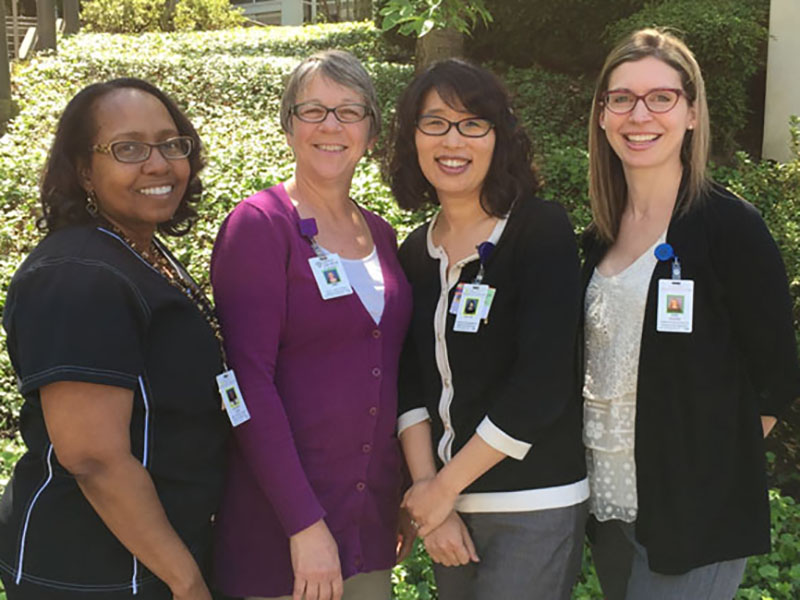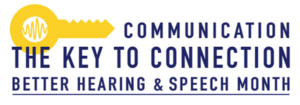
Public Encouraged to Learn Warning Signs, Prevention and Treatment Tips for May is Better Hearing & Speech Month
With more than 795,000 strokes occurring every year in the United States across the age spectrum, it is critical that all Americans adopt preventive lifestyle habits, know the warning signs, and understand the treatment options available to themselves and their loved ones should a stroke occur. May Is Better Hearing & Speech Month—a time to become Stroke Savvy.
Although it’s more common in older adults, stroke can affect anyone. In fact, stroke is trending upward in younger Americans. A recent study showed that the rate of stroke increased by 147 percent in people ages 35–39, 101 percent in people ages 40–45, 68 percent in people ages 45–49, and 23 percent in people ages 50–54.
Lifestyle Modifications
Although not all strokes are preventable, certain lifestyle habits can reduce a person’s risk of having a stroke. Factors that work in a person’s favor include maintaining a healthy diet and low cholesterol, exercising regularly, limiting alcohol consumption, and refraining from smoking.
Early Action Is Vital
According to the Centers for Disease Control and Prevention (CDC), only 38 percent of respondents to one survey were aware of all major symptoms and knew to call 9-1-1 when someone was having a stroke. Patients who arrive at the emergency room within 3 hours of onset of their first symptoms often have less disability 3 months after a stroke than those who receive delayed care, states the CDC—thus, recognizing the signs and taking quick action is key.
If you suspect someone is having a stroke, act FAST:
Face: Ask the person to smile. Does one side droop?
Arms: Ask the person to raise both arms. Is one arm weaker?
Speech: Ask the person to repeat a simple phrase. Is the speech slurred or strange?
Time to act is now if you see any of these signs! Call 9-1-1 right away.
Treatment Transforms
Of the 750,000+ Americans who suffer strokes annually in the United States, more than 130,000 die. For those who survive a stroke, quality of life is an important issue. In addition to regaining physical abilities such as the ability to walk, get dressed, and bathe independently, one’s capacity to communicate may also be severely damaged by a stroke.
A person’s ability to communicate is the foundation of just about everything they do, and every interaction they have. Beyond just having their basic needs met, the degree to which communication skills are restored affects stroke survivors’ social interactions and relationships, employment status and success, and overall satisfaction and participation in life. Seeking treatment from a speech-language pathologist can make a transformative difference in helping people enjoy a fulfilling post-stroke life.”
One of the most common communication challenges that follow a stroke is aphasia, a disorder that affects a person’s ability to understand or produce language. About 25%–40% of stroke survivors acquire aphasia. Other communication difficulties include slurred speech due to weak muscles and difficulty in programming muscles for speech. In addition to these challenges, speech-language pathologists help with cognitive challenges following a stroke—which may include memory and problem-solving skills—and swallowing problems that result from weakness and/or incoordination of muscles in the mouth and throat.
During Better Hearing & Speech Month, we want stroke survivors and their loved ones to know that speech-language pathologists are here to help. Valley Medical Center Speech-Language Pathologists offer a range of therapeutic services to meet the challenging needs of these individuals. Call for more information; 425-251-5165.



Pictured above: The speech-language pathologists at Valley’s Rehab Services.

